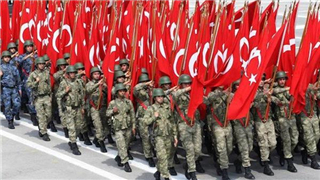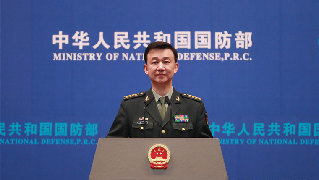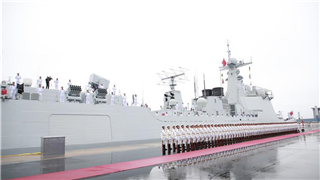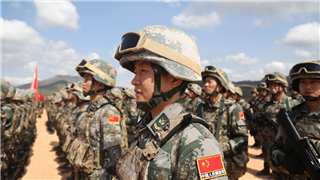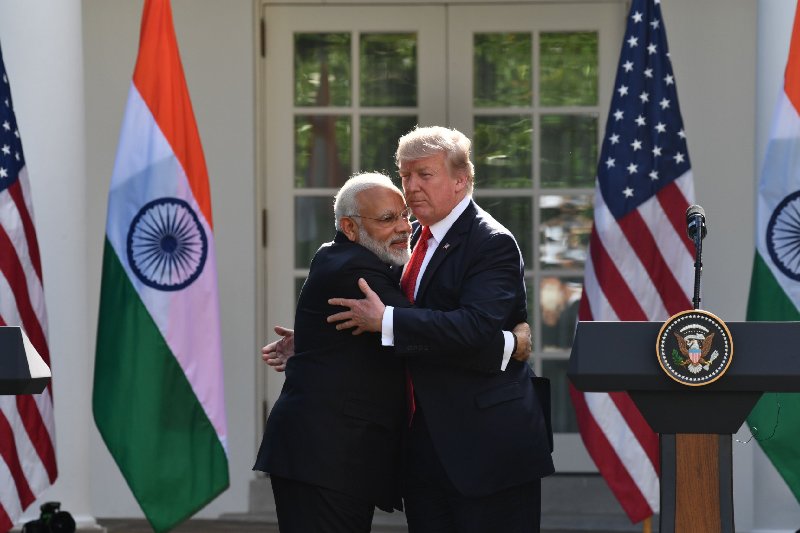
By Mu Xiaoming
The US and India signed a 3-billion-dollar arms deal at the end of February during President Trump’s first official visit to India, along with three MOUs on health and energy sectors. The two countries also announced to step up cooperation in national defense, the fight against cross-border crimes and terrorism.
But no other major agreement was reached between Washington and New Delhi, and the much-anticipated trade negotiations did not make any substantial progress. Clearly, the US and India share common strategic demands in the Indo-Pacific strategy, but there is still a chasm between them in terms of strategic capability and coordination when it comes to concrete actions and policies.
Both of them, without any doubt, have the strategic need for building a multi-polar Asia, which motivates the two pursue the Indo-Pacific strategy. However, while New Delhi wants to create an ASEAN-centered, inclusive regional architecture focused on economy and infrastructure, Washington seeks to foster a regional security structure with the security dialogue among the US, Japan, India, and Australia at the heart.
This fundamental divergence was conspicuously reflected during the 2019 US-India 2+2 Ministerial Dialogue, a meeting among their foreign and defense ministers held in Washington last December. At the press conference, American and Indian officials made different statements on some key issues, and US Secretary of State Pompeo admitted that the two sides did not see eye to eye on many matters although they had held candid and open discussions about many big issues.
The mutual visits between their heads of state also indicate a difference in attitude. Indian PM Modi has paid several state visits to the US from 2014 to 2017 after he took office, twice in 2017 and 2019 after Trump took power, yet his American counterpart did not respond positively to New Delhi’s repeated invitations.
Trump chose to visit India in his election-year mainly to gain votes from the Indian Americans and nail the huge arms deal with New Delhi. Nonetheless, his first official visit to the South Asian country bore little fruit despite all the pomp and pageantry because Modi is a tough negotiator when “America first” comes up against the “Make in India” initiative. Therefore, although senior officials of both countries stressed how they share a common vision and how confident they are in pushing forward their global strategic partnership, they cannot cover up their division in interests.
With the execution of the Indo-Pacific strategy, the US will attach more importance to India’s geopolitical position while the latter has a mind to leverage on the US to elevate its own status as a major country and maintain the power balance in Asia. As a result, the US-India defense cooperation will continue to move forward in general, but so will their conflicts and disagreements in other areas due to their divergence of interests and strategic concepts. The seeming overall affinity aside, a continuous discrepancy in attitude is perhaps the true color of the US-India relationship.


